

Namco’s Tales series is among the most popular RPG franchises in Japan, yet it has an odd on-again, off-again localization history in the West. Tales of the Abyss was one of the games fortunate enough to get the English-language treatment, releasing on the PS2 back in the fall of 2006. Sadly, it found itself caught inside a frenzy of next-gen hype, and fell by the wayside along with several other strong titles released during that period. But as time has taught us, you can’t keep a good game down, and thus Tales of the Abyss has emerged, swords blazing, from the pit of memory into the third dimension.
Tales of the Abyss follows young Luke Fon Fabre, son of a wealthy Duke who has been confined to his sprawling mansion for the past seven years out of concerns for his safety. His life is a privileged yet dull existence – that is, until some strange girl appears out of nowhere, tries to kill his personal tutor, and winds up accidentally kidnapping him and spiriting away to a separate continent. As the pair tries to make their way home, Luke discovers that the situation outside the mansion walls are a lot worse than he was told, with a massive war between kingdoms looming. But as it turns out, even a grand-scale war might just be a cover-up for a more sinister conspiracy lurking underground, and Luke’s team of friends and frienemies will need to uncover the truth behind the conflict. Abyss boasts one of the more engaging stories in the franchise, and though it falls into JRPG clichés at times, it still holds up surprisingly well.
The two elements that really make the Tales series stand out amongst the glut of JRPGs on the market are the combat and the character interactions, and both of these are on strong display in Abyss. Unlike the menu-driven combat of many RPGs, the Tales games feature battles that play like classic beat-em-ups. A team of up to 4 characters run around the combat field, throwing out spells and attacks in realtime while carefully dodging and guarding enemy strikes. There’s a very real depth to the action-filled fighting, and the new skills characters gain every so often add fresh facets to battle as you advance through the game. Though the primary cast is small at only six characters, there’s enough variety in their fighting styles that learning to control and customize each one is a fun and unique experience.
It helps, too, that the cast has such a great dynamic when it comes to their story interactions. While the dialogue might not be the most memorable, the way the characters play off each others’ personalities and quirks in story sequences adds a an extra layer of appeal. Nowhere is this more apparent than in the optional “skits” players can choose to view at certain times. These amusing interludes, where the party converses amongst each other over matters ranging from the deadly serious to the utterly frivolous, add a great deal of charm to your companion characters.
While the gameplay and the characterization in Tales of the Abyss hold up, there are several aspects that haven’t weathered the past five years quite so well. Tales of the Abyss 3DS isn’t so much a full-on 3D remake as it is a PS2 port with 3D visuals added in. Despite the 3D overhaul, the polygon models and graphics don’t appear to be fully optimized for the system, with sharp, jaggy edges and ugly, blurry textures frequently marring the otherwise wonderfully designed environments and setpieces. Also, the animation sequences, menus, and CG cinematics are still in 2D, which clashes quite abruptly with the rest of the game. Character animations haven’t been updated at all, and the mid-2000s motion design during dramatic sequences now looks comically jerky and unrefined compared to modern contemporaries.
The localization is almost exactly the same as the PS2 release, as well. While the translation of the original game was solid, the circa-2006 voice acting has few wildly uneven spots, with certain characters being far better done than others. And while later English Tales series releases featured full voice-over for the skit dialogue, Tales of the Abyss didn’t. Since there hasn’t been any new dialogue recorded for the 3DS port, the occasionally lengthy skits remain eerily silent, which is a disappointment. To top it off, the port offers little in the way of new content for those who played and enjoyed the original Tales of the Abyss on PS2 half a decade ago. If you’ve already gone through the game before, you’d basically be buying this for a nostalgia kick, because the underwhelming 3D alone isn’t worth the price of admission.
But despite the various quibbles with the port quality, Tales of the Abyss is still a superb RPG. It’s got excellent combat, a secret-packed world to explore, and a wonderful cast of characters you’ll come to love adventuring with. If you have a choice, it’s tough to recommend the 3DS port over the PS2 original (which you can probably find secondhand considerably cheaper) – the 3D implementation is rather lacking, and there aren’t any new features that make this version clearly superior. But if you’re specifically looking for a portable RPG for the 3DS – and let’s face it, there isn’t much in that particular niche right now – Tales of the Abyss is a fine choice, and all the better if you haven’t played it before. Just make sure to keep the 3DS battery charged, because a 40 hour quest is going to take a lot of juice.

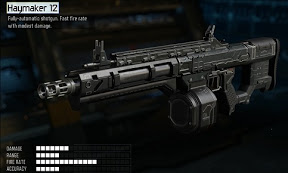

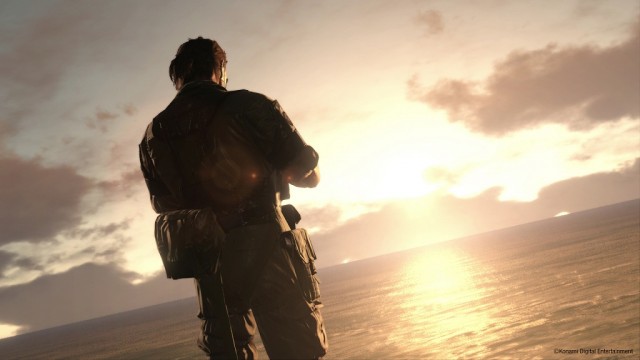
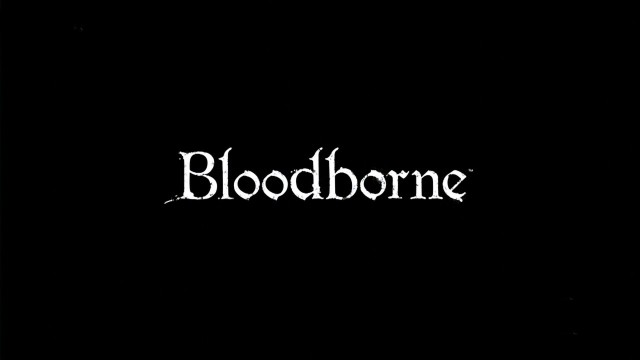 How to get all the Bloodborne PS4 Armours
How to get all the Bloodborne PS4 Armours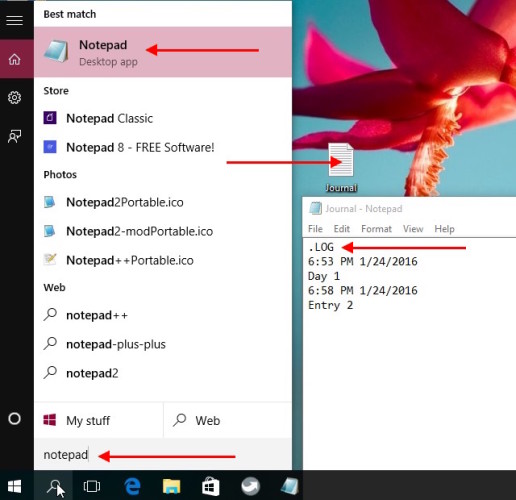 How to Use Any Text File as a Journal on Windows
How to Use Any Text File as a Journal on Windows The Witcher 3 - Wild Hunt (PC) solution to all sidequests
The Witcher 3 - Wild Hunt (PC) solution to all sidequests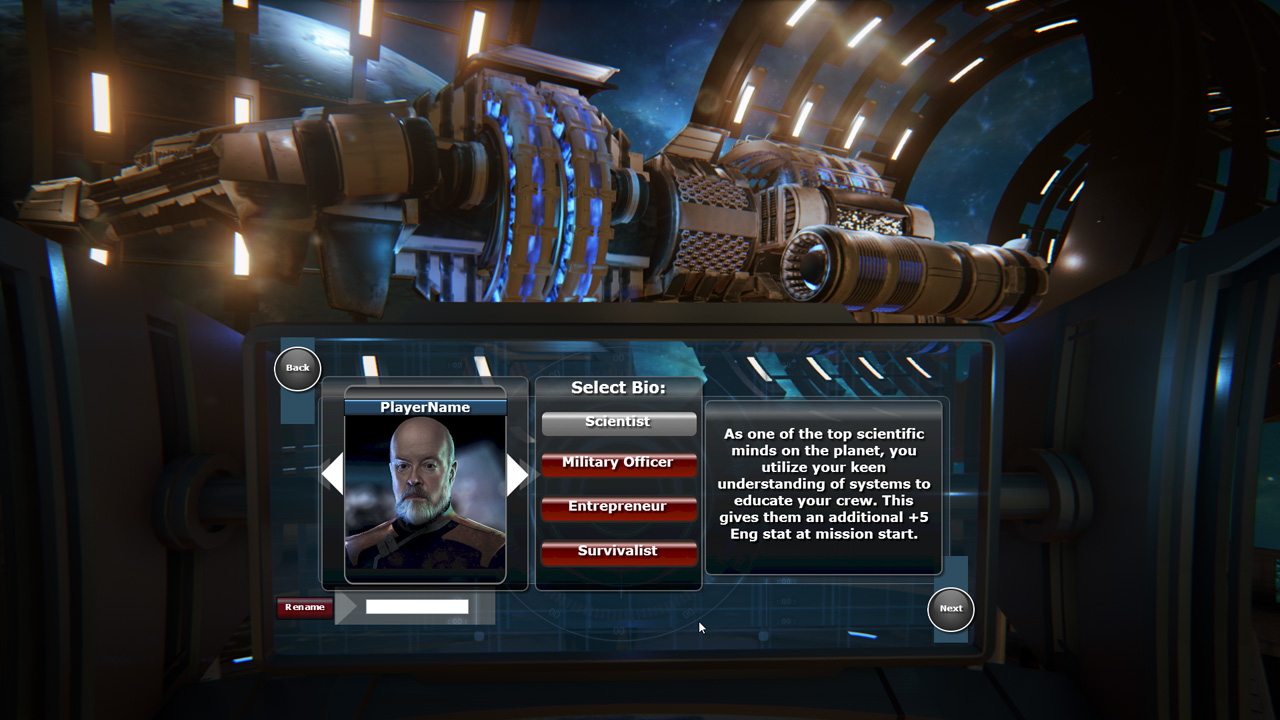 Into the Stars - How to Set Up Your First Mission
Into the Stars - How to Set Up Your First Mission How to Set Up an Online Internet Connection on PS4
How to Set Up an Online Internet Connection on PS4